News
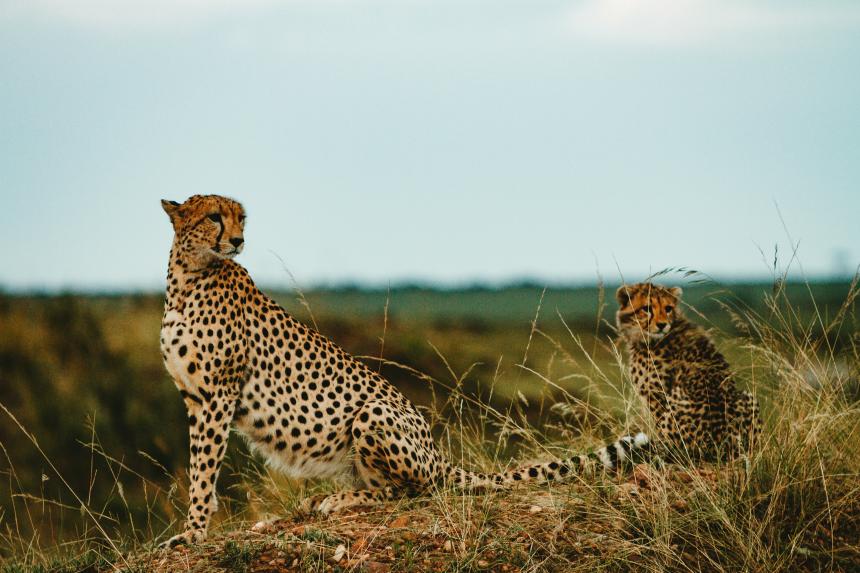
February 02, 2024
Carolina Baquerizo, a fourth-year veterinary student at the Cornell University College of Veterinary Medicine, was lead author on a Frontiers in Conservation Science paper on the effects of various anesthetic drugs on cheetah sperm quality.

January 30, 2024
A transformational gift from philanthropist and Cornell alumna K. Lisa Yang ’74 will endow and rename the Cornell Wildlife Health Center as the Cornell K. Lisa Yang Center for Wildlife Health at the College of Veterinary Medicine.
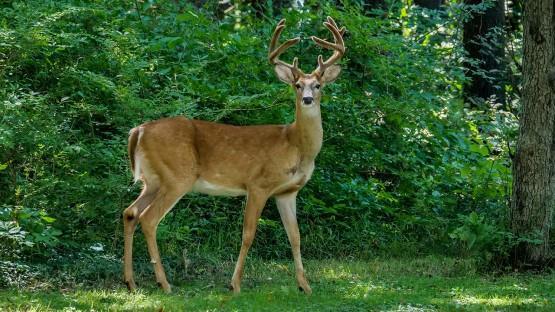
January 18, 2024
A new Cornell-led study shows that deer hunters were more likely to be swayed by social media messages about the potential risks of chronic wasting disease if they came from a source they believed aligned with their own views and values.
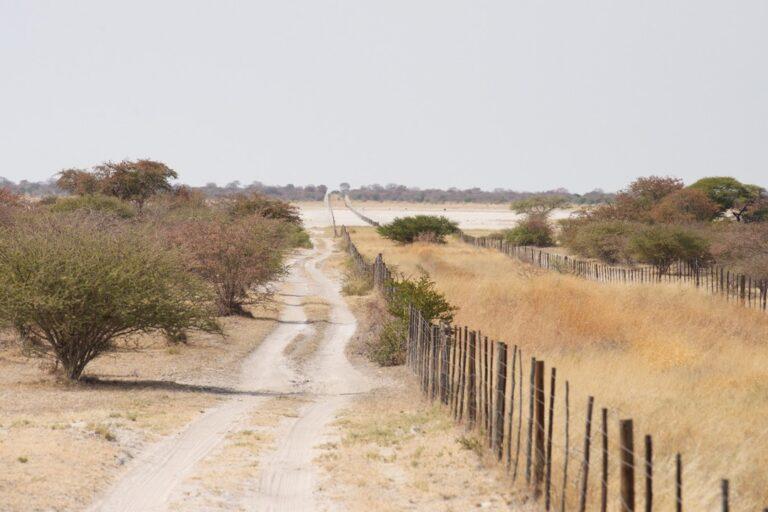
January 12, 2024
A new op-ed by Cornell's Dr. Steve Osofsky and World Wildlife Fund colleagues focuses on securing wildlife migration corridors in southern Africa.
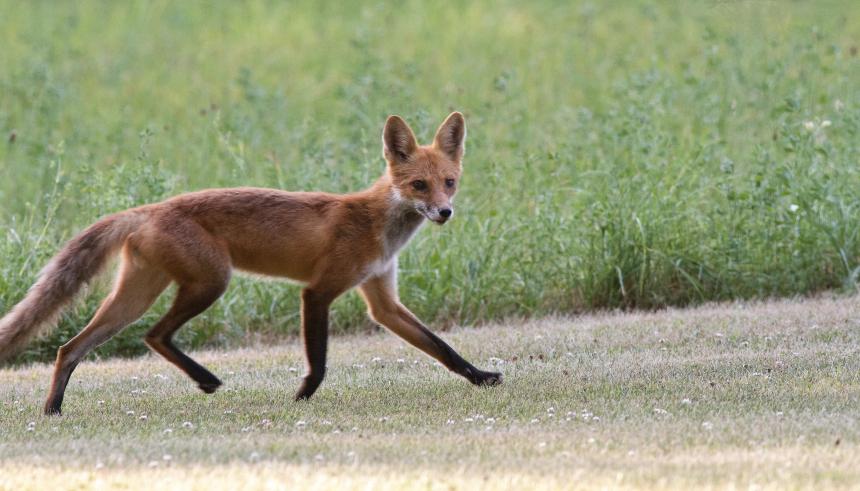
January 08, 2024
Cornell researchers have discovered coronaviruses in wild carnivores that had never been reported in these species before.

January 02, 2024
Cats occupy a distinct position in the ecological networks of companion animals, humans and peri-domestic species – wild and feral animals living near human habitations – according to a recent review article by a team of Cornell researchers.

December 28, 2023
A recent study led by Cornell researchers reveals how environmental changes such as climate change, land use change, and dams on the Mekong River threaten the future of local communities that depend on these ecosystems for their livelihoods and food security.
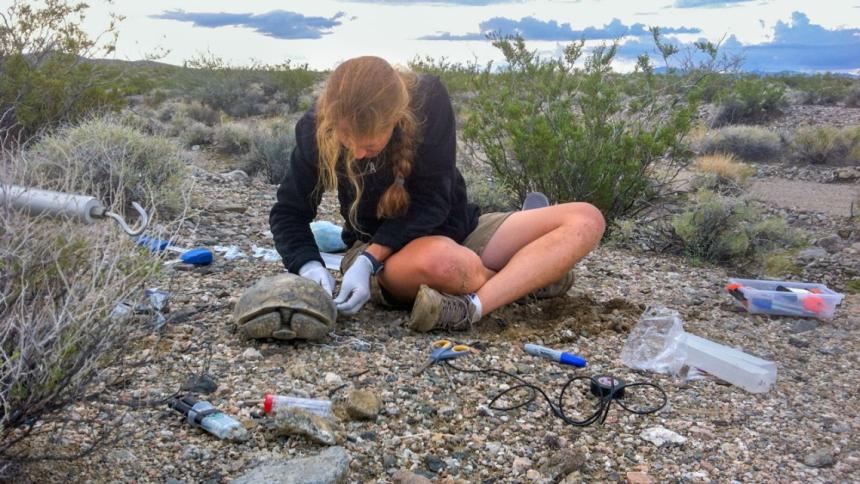
December 22, 2023
A new method could be used by biologists to estimate the prevalence of disease in free-ranging wildlife and help determine how many samples are needed to detect a disease.
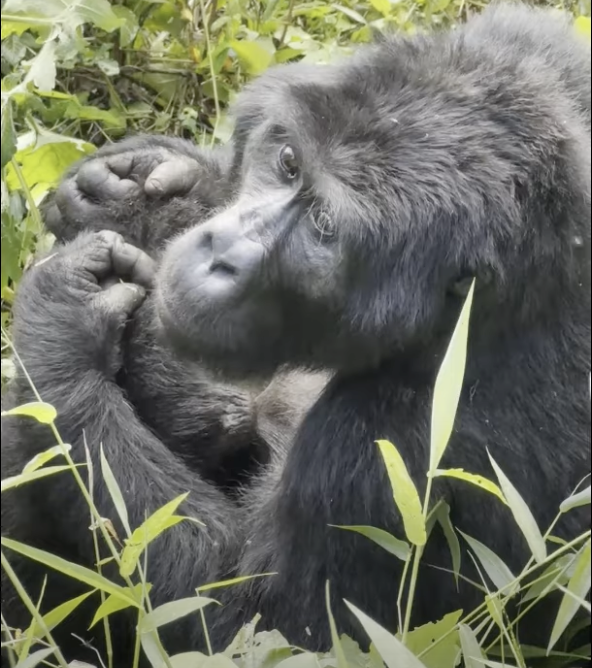
Video
December 15, 2023
Cornell veterinary student Carolina Baquerizo, DVM ‘24, came across this gorilla family while working with Conservation Through Public Health in Bwindi Impenetrable National Park to assess the presence of salmonella in gorillas, livestock and people.
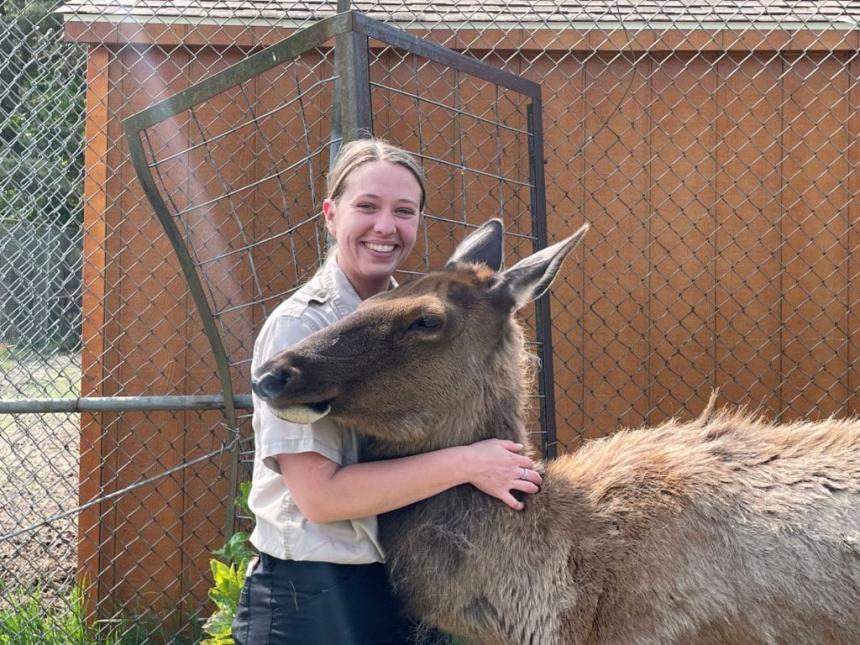
Blog
December 14, 2023
Cornell veterinary student Erica Jackson, DVM '25, discusses her experiences working at Six Flags Great Adventure Wild Safari in Jackson, New Jersey over the years.
